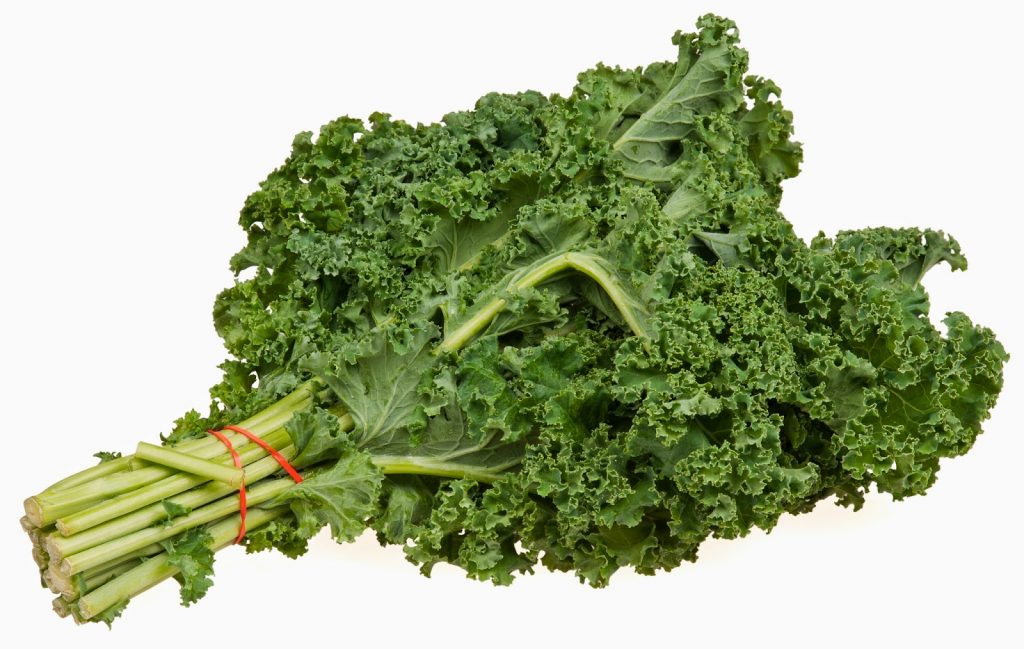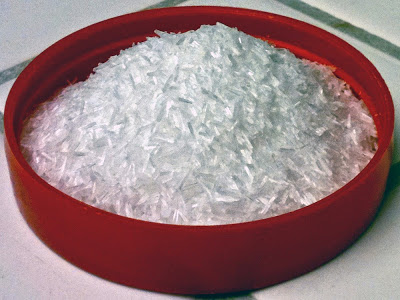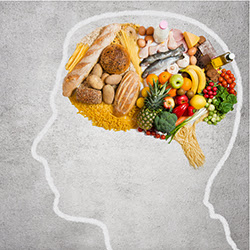The Different Health Benefits of Carrots first.
It is well-known that all vegetables are packed with nutrients. Carrots have been widely publicized to virtually “make the blind see” but is that all they do?.. Here’s a rundown of the different health benefits one could gain from eating carrots:
Carrots are naturally rich in vitamins, antioxidants and dietary fiber. They only give 41 calories for every 100 grams, with a negligible fat content and no cholesterol.
Carrots are also rich in vitamin A and beta-carotenes, which help protect people from developing mouth and lung cancers. These compounds, along with flavonoid compounds, help protect the skin too.
Research conducted by the scientists at the University of Newcastle discovered that falcarinol found in carrots may help prevent cancer, as it destroys cells that are pre-cancerous. The study was conducted on laboratory animals.
Fresh carrots are also rich in vitamin C, giving about 9% of the RDA. Vitamin C helps keep the gums, teeth and connective tissues healthy. Its antioxidant properties also help the body be protected from various diseases caused by free radicals.
The root is also rich in B-complex vitamins, such as vitamin B6, folic acid, thiamine and many more. These are co-factors to certain enzymes that are needed for substrate metabolism.
Carotenes are changed by the liver into vitamin A. This vitamin is essential for the maintenance of good vision, sperm production and skin integrity, plus normal growth and development.
Carrots and Cancer Research
Falcarinol is an antioxidant found in carrots and has proven anticancer properties. Researchers in the UK and Denmark reduced cancerous tumors by 1/3 in mice and rats with lab induced cancers.
Additionally, a human study found that consumption of carrot juice increased blood levels of carotenoids in breast cancer survivors. The researchers believe that increased carotenoid blood levels acts as a cancer preventive.
The experiment was conducted using raw carrots so researchers do not yet know if eating boiled carrots or drinking carrot juice, for example, would have the same effect.
Falcarinol is toxic in large amounts but to obtain a lethal dose you would have to eat 400 kilograms of carrots at once. Researchers suspect it is effective because it stimulates mechanisms in the body that fight cancer, although they have yet to carry out a detailed analysis in this respect.
Carrots are full of nutrients, which is why people should include these in their diets. These root crops can help people become healthy as well as prevent the onset of various diseases, including cancer. Young and tender carrots are the best ones, as they are sweet and full of various nutrients.













